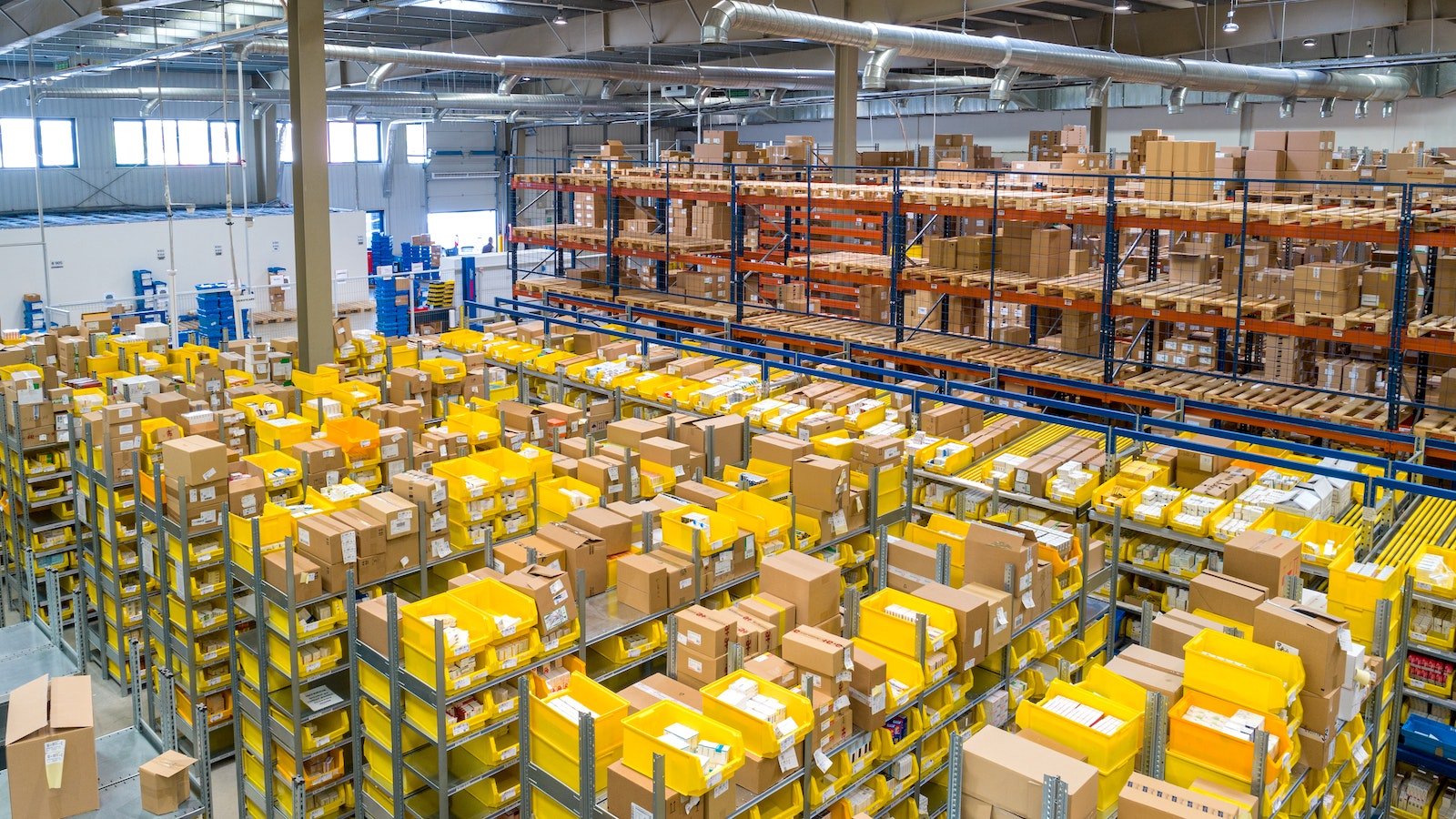In a world teeming with instant gratification and high customer expectations, stockouts can make or break a business. Effective inventory management is pivotal to preventing this supply chain nightmare and ensuring your business's success. Today, small to medium-sized businesses across manufacturing, wholesale, e-commerce, and retail sectors are upgrading their inventory management processes with automated approaches.
But what are the real issues at stake, and how can we leverage inventory planning software to transition from manual struggles to operational excellence? This article will delve into these crucial questions and shed light on the benefits of automated replenishment systems.
Manual Inventory Management: The Struggles
Managing inventory manually can be arduous, time-consuming, and prone to error. With manual inventory management, businesses must struggle with tracking all products, sales, and purchases. They must meticulously enter and update data, leaving ample room for human error. Inaccurate stock level data can lead to overstocking or stockouts, negatively impacting cash flow and customer satisfaction.

Inventory Management with Automated Approaches: A Paradigm Shift
An automated inventory management system. This innovative technology automates inventory-related tasks, reducing human error and saving precious time. Rather than sifting through spreadsheets or manual records, businesses can instantly access accurate, real-time inventory data to manage inventory.
Planning and Forecasting with Software Integration
Although automated inventory management systems hold numerous benefits, they may not be sufficient. This is where inventory planning and forecasting software plays a pivotal role. This add-on software integrates seamlessly with your CMS or ERP system, offering enhanced insights into inventory needs and future demands.
The system analyzes past sales data, trends, and patterns, generating accurate predictions for future inventory requirements. It considers variables such as seasonality, product life cycles, and market trends, helping businesses avoid overstock and stockout situations.
The Rise of Automated Replenishment Systems
Automated replenishment systems are the next stage of inventory management evolution. These systems automatically reorder products when their quantities fall below a predefined threshold. By setting minimum stock levels, businesses ensure they always have enough products to meet customer demand without overstocking.
Automated replenishment systems enable businesses to obtain inventory control and maintain optimal stock levels, save storage space, improve cash flow, and enhance customer satisfaction. They use real-time data and advanced analytics to forecast demand accurately, allowing for more strategic decision-making and streamlined operations.
The Journey from Manual Struggles to Operational Excellence
The transformation from manual inventory management struggles to operational excellence with automated approaches is a journey. It involves strategically integrating technology into the current processes and choosing the right software for your needs.
An automated system offers many benefits - from time savings and increased efficiency to improved accuracy and minimized errors. Inventory tracking, planning and forecasting software adds a layer of intelligence to this process, enabling more informed decision-making. Lastly, automated replenishment systems ensure you always have the right stock levels to meet customer demand.
The Challenge of Manual Inventory Management
In the traditional manual inventory management system, businesses are often plagued by the painstakingly laborious task of tracking every product, sale, and purchase. Staff members spend countless hours recording and updating data meticulously, which inevitably leaves room for human error.
Inaccurate stock-level data can lead to two main inventory pitfalls: overstocking and stockouts. Overstocking ties up capital and fills valuable storage space with unnecessary stock. In contrast, stockouts can result in lost sales and damage your reputation as customers may turn to more reliable competitors to meet their needs.
Moreover, manual inventory management often fails to consider crucial variables such as product life cycles, market trends, and seasonality. This lack of insight can significantly impact a business's ability to accurately predict future inventory needs, leading to inefficiencies and missed opportunities.
Transitioning to Automated Inventory Management
The advent of automated inventory management software and systems marks a paradigm shift in how businesses handle inventory. By automating routine inventory-related tasks, these systems significantly reduce human error and free up valuable time that can be spent on more strategic activities.
An automated inventory management solution uses technology to track inventory levels, orders, sales, and deliveries in real-time. Businesses can rely on the software to provide the most accurate, up-to-date information instead of manually entering data into spreadsheets or records. This allows for quick, informed decision-making and improves overall operational efficiency.
The Power of Inventory Planning and Forecasting Software
While automated inventory management systems bring undeniable benefits, they may not be comprehensive enough to meet the complex demands of modern businesses. This is where inventory planning and forecasting software comes into play.
Unlike conventional inventory management systems, planning and forecasting software focuses on predicting future inventory needs. It is an add-on to your existing CMS or ERP system to analyze past sales data, identify patterns, and forecast future trends. The software considers variables such as seasonality, product life cycles, and market trends, providing businesses with the insights they need to prevent overstocking and stockouts.
Revolutionizing Inventory Management with Automated Replenishment Systems
Automated replenishment systems are rapidly gaining traction as the next evolutionary stage of inventory management. These systems automatically reorder products when their quantities fall below a predefined threshold, ensuring that businesses always have adequate stock to meet customer demand.
Automated replenishment systems come with a multitude of benefits. They enable businesses to maintain optimal inventory levels, saving storage space and improving cash flow. These systems can accurately predict future demand by utilizing real-time data and advanced analytics, allowing businesses to make more strategic decisions and streamline operations.
The Journey Towards Operational Excellence
Transitioning from manual inventory management struggles to operational excellence with automated approaches is not an overnight process; it's a strategic journey. This journey involves integrating new technologies into existing processes, selecting the right software to meet your business needs, and committing to continuous improvement.
Inventory automation offers many benefits, including time savings, increased efficiency, improved accuracy, and minimized errors. Integrating inventory planning and forecasting software adds another intelligence layer to the inventory management, enabling more informed and strategic decision-making. Coupled with automated replenishment systems, businesses can ensure they always have the right stock levels to meet customer demand, paving the way for a seamless customer experience.
Embracing the Future of Inventory Management
In the ever-evolving business landscape, embracing automation in inventory management is not just a smart move; it's a necessity. With the right inventory planning and forecasting software supplementing your existing CMS or ERP, you can harness the power of predictive analytics and data-driven decision-making. By incorporating automated inventory control and replenishment systems into your operations, you can optimize inventory levels, prevent stockouts and overstocks, and maximize customer satisfaction.
The future of inventory management lies in these automated approaches. For small to medium-sized businesses across manufacturing, wholesale, e-commerce, and retail sectors, adopting these solutions can mean the difference between struggling with inventory challenges and achieving operational excellence. Investing in technology can streamline your inventory management processes, improve operational efficiency, and ultimately position your business for success in a competitive marketplace.



